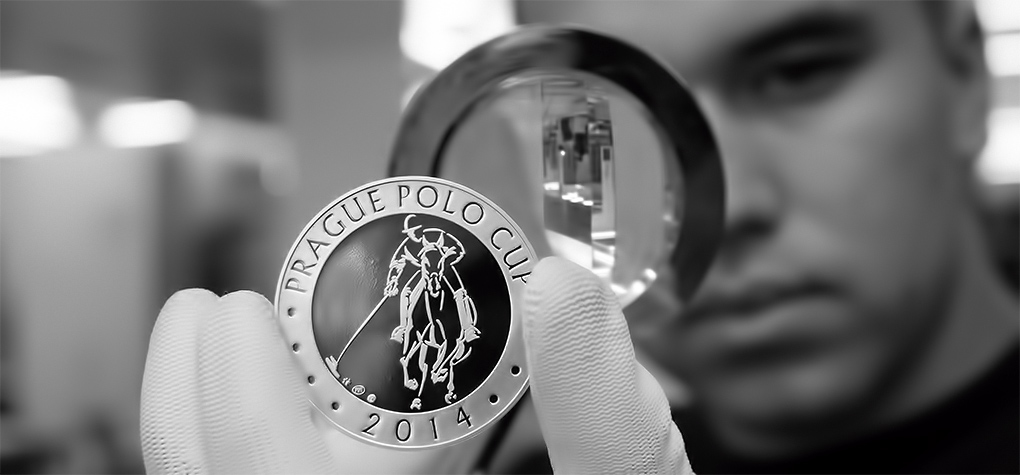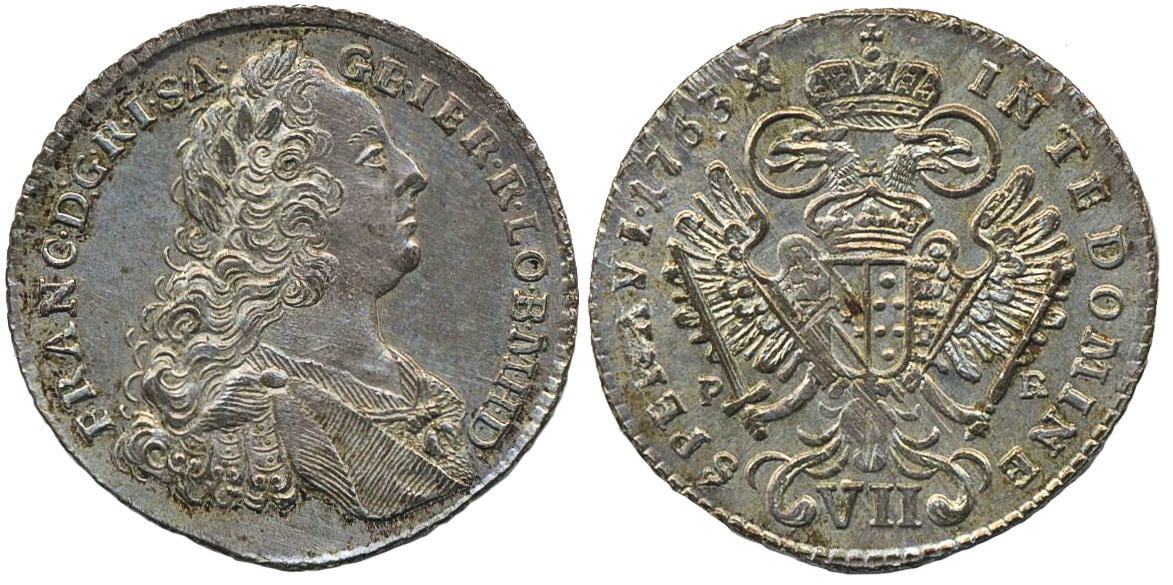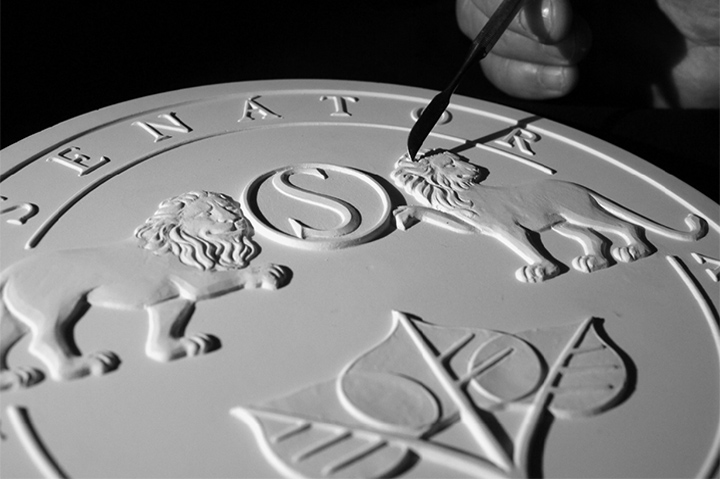Excellent Advice On Scanning Prague Mint Coins
Wiki Article
Why And How Is The Plaster Model Transformed Into A Digital 3d Version For Gold Medals Or Coin?
Scanning a model made of plaster to create a 3D digital model of gold coins or medals is a process that requires the use of special equipment to capture the physical maquette's features and dimensions in an electronic format. The digital copies are used for a variety of uses during production.
3D Scanning Technology - High-resolution 3D scanners are utilized to capture the physical dimensions and specifics of the model. The scanners can capture measurements and geometry using different methods like laser scanning or the structure light.
Capturing Surface Data - The scanner releases laser or light beams onto the surface of a plaster model. The scanner captures the surface data of the model by recording the reflections, distortions and other effects caused by laser beams.
Data Collection. When the scanner is moving over the model, it collects many information points. The result is a digital representation of the model's form, contours, or details.
Conversion to 3D Model - The data points taken are processed by software that converts the data into a digital 3D model. The model is a replica of the physical dimensions and features of the maquette made of plaster.
The reasons to create the Digital 3D Model
Precision and Replication Digital 3D models enable exact replication of the model's features and dimensions. This accuracy ensures that the gold coins and medals will exactly match the original design.
Facilitating ModificationsDigital models can be easily refined or modified. Designers can make adjustments to the 3D model without altering the initial plaster model, permitting iterative improvement or corrections.
Compatibility with various manufacturing processes Digital 3D designs are compatible to various manufacturing technologies like CNC machining or 3D Printing, making it easier to produce molds or dies for large-scale production.
Digital 3D models serve as a reference of the design. 3D models that are digitally stored can be used in the future for references, reproductions or for historical documentation.
Through scanning a plaster model and creating an accurate digital 3D replica, manufacturers and designers are able reduce production time, increase precision, and employ modern manufacturing techniques to make gold coins or medals with accuracy. Check out the top Scanning and 3D Modeling Prague Mint gold coins website info. including apmex gold coins, golden and silver, gold bullion price, gold coin gold, apmex gold, 1 10 oz american gold eagle, 1oz gold price today, krugerrand gold coin, gold angel coin, gold dollar coin and more.

How Can Laser Technology Be Used To Polish The Surface Of A Gold Coin Medal Die?
The use of laser technology in the production of dies or master hubs is used to refine the surface and improve precision. This is how laser technology can help refine the surface of this method.
Laser technology can be utilized to improve the surface after the initial cutting. It assists in smoothing out flaws, removing burrs, or correcting minor irregularities in the surface.
Detail Enhancement-
Laser techniques for engraving or ablation are used to enhance or enhance the details of master hubs and dies. Lasers can be used to precisely remove and etch the material. This allows for the creation of intricate patterns, fine lines, or designs that are difficult to achieve with conventional machine.
Microstructuring-
Laser microstructuring is the process of creating microscopic features or textures on the surface of a die. This technique is used to create particular patterns or textures which enhance the visual appeal or security characteristics of coins or medals.
Surface hardening or treatment-
Laser technology is used in some instances to treat or make harder master hubs or dies. This procedure can enhance the endurance and wear resistance of the surface.
Precision Changes
Laser technology permits precise corrections and adjustments to the die or master hub, with no impact on the overall geometry. The surface is altered to eliminate any flaws or imperfections which could impact the quality of the coins or medals that are struck.
Controlled Materials Removal
Laser ablation is a method of removing material with precision, particularly when the finer details need to be defined or adjusted. This is a non-contact removal process that maintains the integrity of the surrounding area.
Laser technology is a great tool to refine the surface of master hubs and dies and master hubs, which result in more appearance, enhanced surface quality, and increased accuracy. The laser technology is used to enhance the surface of dies and master hubs, improving their quality. View the top laser processing Prague Mint gold coins more advice. including buy gold and silver, gold price jm bullion, michael phelps medal, gold coins for sell, 1 oz gold bars, silver eagle coins, sell gold coins, spanish gold coins, gold buy bullion, gold bullion and more.

How And Why Are Some Finishes Or Textures Like Matte Or Textured Surfaces Achieved Through Sandblasting?
Sandblasting can create matte or textured surfaces on gold medals and coins. How and why do we use this method?
Surface preparation. The coin or medal will be placed in an air-compressor-connected to a nozzle. The abrasive materials are often contained inside the chamber.
Abrasive Materials Selection - At high speeds, fine particles of abrasive substances, such as silicon carbide (sand) glass beads or aluminum oxide, are carried over the surface of the coin or medal.
High-Pressure: The abrasive grains are driven to the surface with compressed air or another high-pressure equipment. The finish or texture is determined by the force and speed at which particles strike the surface.
Texture Creation- The force of the abrasive particles on the surface creates a textured or matte look by altering the surface's topography. This can be used either to create a smooth surface or to create a rough texture in certain regions.
Sandblasting that is controlled - Sandblasting can be controlled by the intensity duration, duration and angle of application. This permits different textures and finishes. Different pressure levels, abrasives and abrasives produce different results.
The reasons for sandblasting
Texture variation - Sandblasting can create a variety and finishes like glossy grains, frosted, or grainy smooth surfaces. This can add visual interest to medals or coins.
Aesthetics Enhancement - Sandblasting may modify the appearance of a surface as well as diffuse light reflection and decrease shine. This improves the appearance of the medal or coin's aesthetic appeal. Surfaces that are matte, like ones that minimize glare are able to highlight particular design elements.
The anti-glare properties of sandblasting, matte or textured surface can be produced. This can reduce glares and reflections. The medals and coins are then more attractive and easy to read without interference from light.
Contrasting Design ElementsSandblasting creates contrast between textured and polished areas of the medal or coin to highlight specific design elements or creating visual depth and dimensionality.
Sandblasting is a fantastic way to personalize and make distinctive designs. It allows you to create your own artistically appealing metal and coins in a variety of designs and textures.
Sandblasting can be a diverse technique that can be used to create different surfaces or textures on gold-plated coins and medals which contribute to their design, and visual appeal. appearance. See the recommended sandblasting Prague Mint gold medals blog examples. including buying silver bars, gold biscuit buy, double eagle coin, buy gold biscuits from bank, 50 pesos gold coin, 2000 olympic, bullion gold bars for sale, gold bullion price today, price for one ounce of gold, cost of gold coins and more.

How Do You Create The Antique Appearance Of Some Gold Medals Or Coins?
It could be used for various reasons like aesthetics, historical significance or collector interest. Here's how and why.
Chemical Patination - Chemical treatments that induce patina using acids or solutions are applied to the surface of the coin or medal. These solutions may result in controlled tones or oxidation process to create the appearance of aging or antique. This technique can increase the clarity of a design and enhance the design.
Artificial Aging. Chemical and mechanical techniques are employed to mimic natural oxidation. Abrasive tools and treatments are used to make scratches, scuffs or damaged areas. This gives the coin or medal the appearance of aging.
Toning or StainingSpecialized products or heat treatments can be employed to stain or tone the surface, creating varying shades or hues. This mimics natural toning and discoloration that takes place over time.
Buffing, Polishing Techniques: Certain areas can be chosen for specific buffing techniques to remove surface highlights or layers. This creates an appearance of contrast and gives the appearance that wear has occurred.
What are the motives behind making an antique look?
The antique look is attractive for some collectors and people who are interested. The aged look gives the design character and uniqueness, as well as depth and also makes it attractive visually.
Historic or Commemorative Significance Coins or medals that honor historical events or periods may undergo aging procedures in order to imitate coins from the period or to convey a genuine sense of history.
More CollectibleCoins and medals that are antique frequently appeal to collectors searching for exclusive or limited-edition items. The antiqued appearance can boost their collectible and desirable value.
Accentuating Design Details- Aging processes can bring out the fine details of a design by creating contrast between raised and recessed regions, making the design components more noticeable and obvious.
Minting authorities with artistic expression may use aging methods as a way of expressing their artistic style. They can add depth to the artwork or tell a story or even include symbols.
Create an antique appearance to gold coins and other metals with a deliberate design choice. It could evoke memories of nostalgia, provide visual intrigue, or convey the past. The aesthetics must be balanced with the coin’s value and authenticity. Have a look at the best antique finish of Czechoslovakia gold medals site recommendations. including 1 10 ounce gold coin, krugerrand, gold sovereign, 1 oz gold eagle, gold one dollar coin, gold coin with angel on both sides, gold coin dealers near me, american gold eagle 1 oz, old silver coin, 10 dollar gold coin and more.
